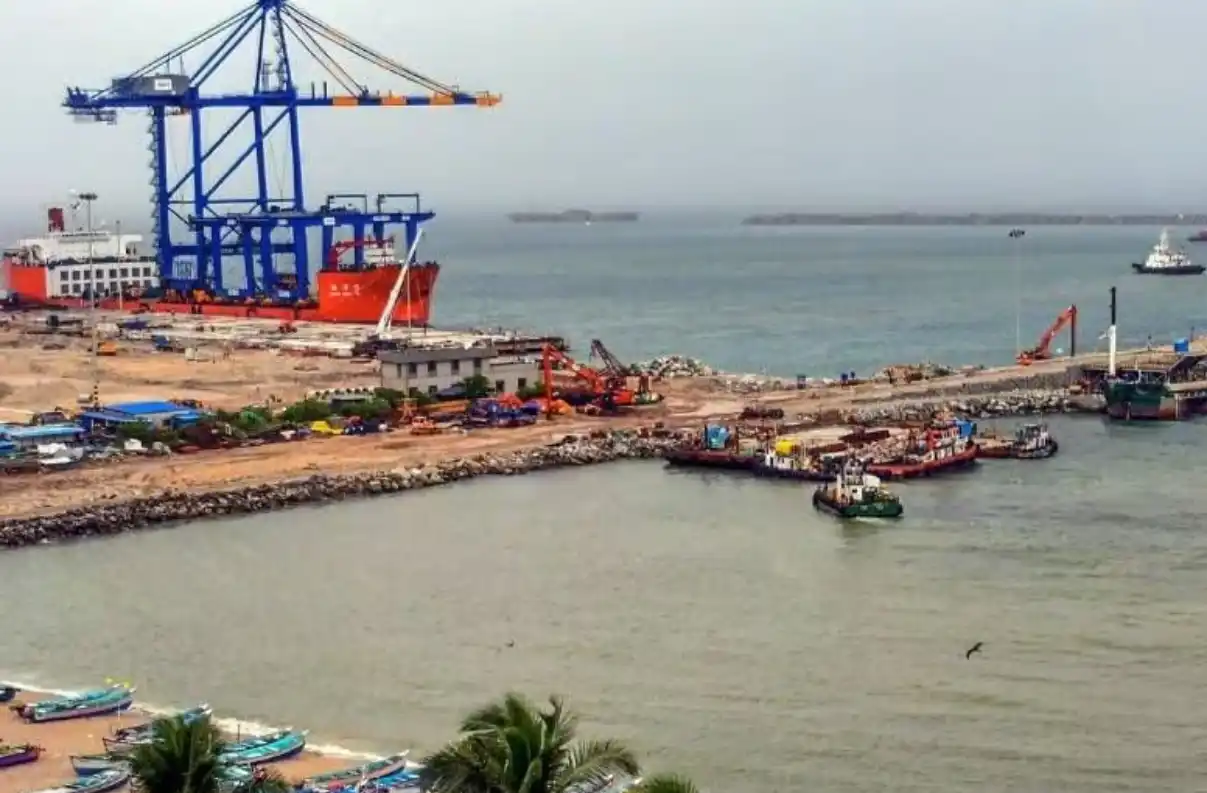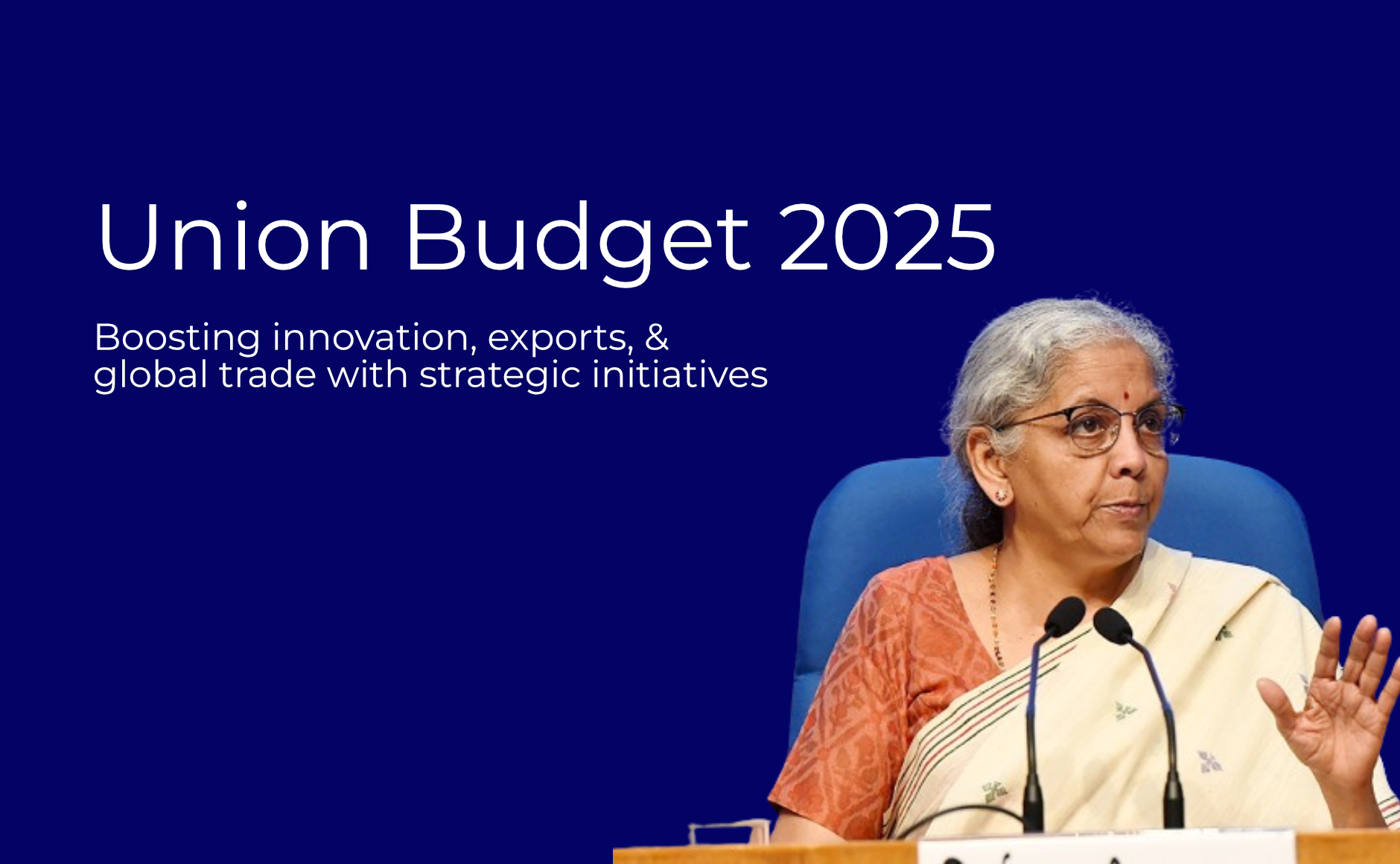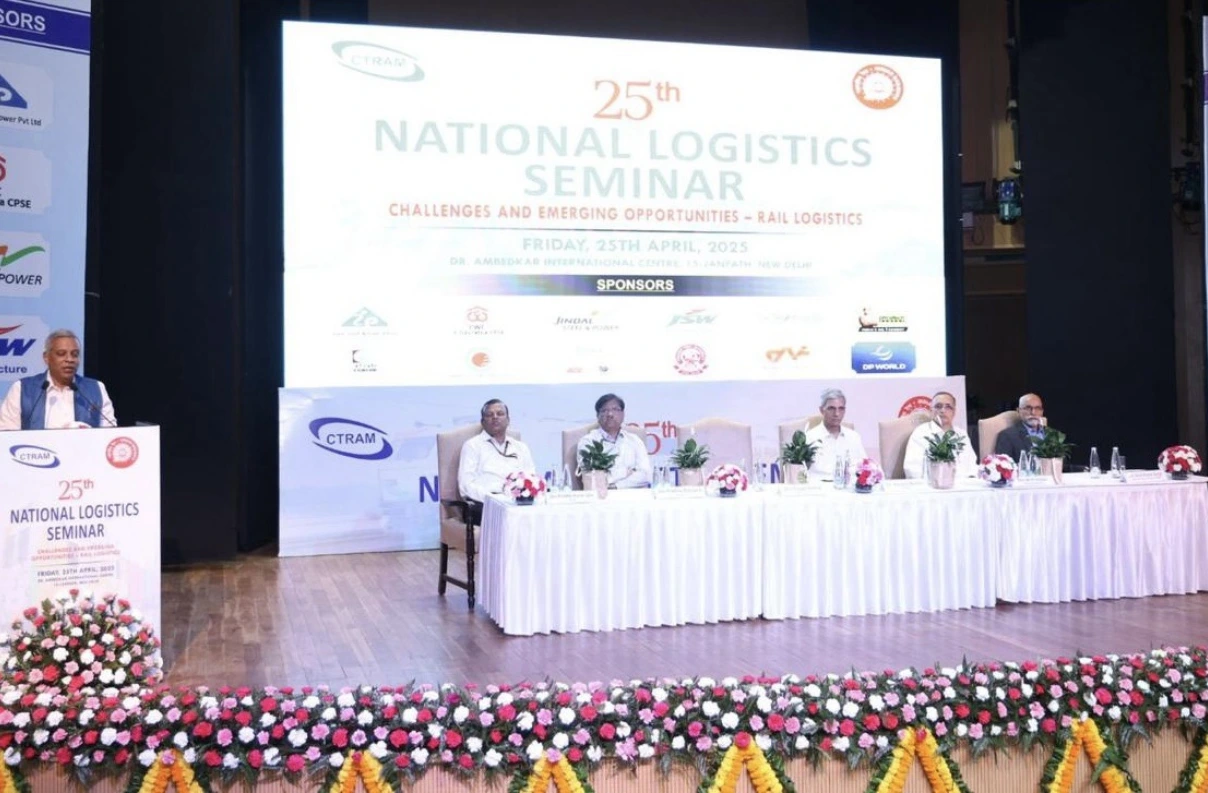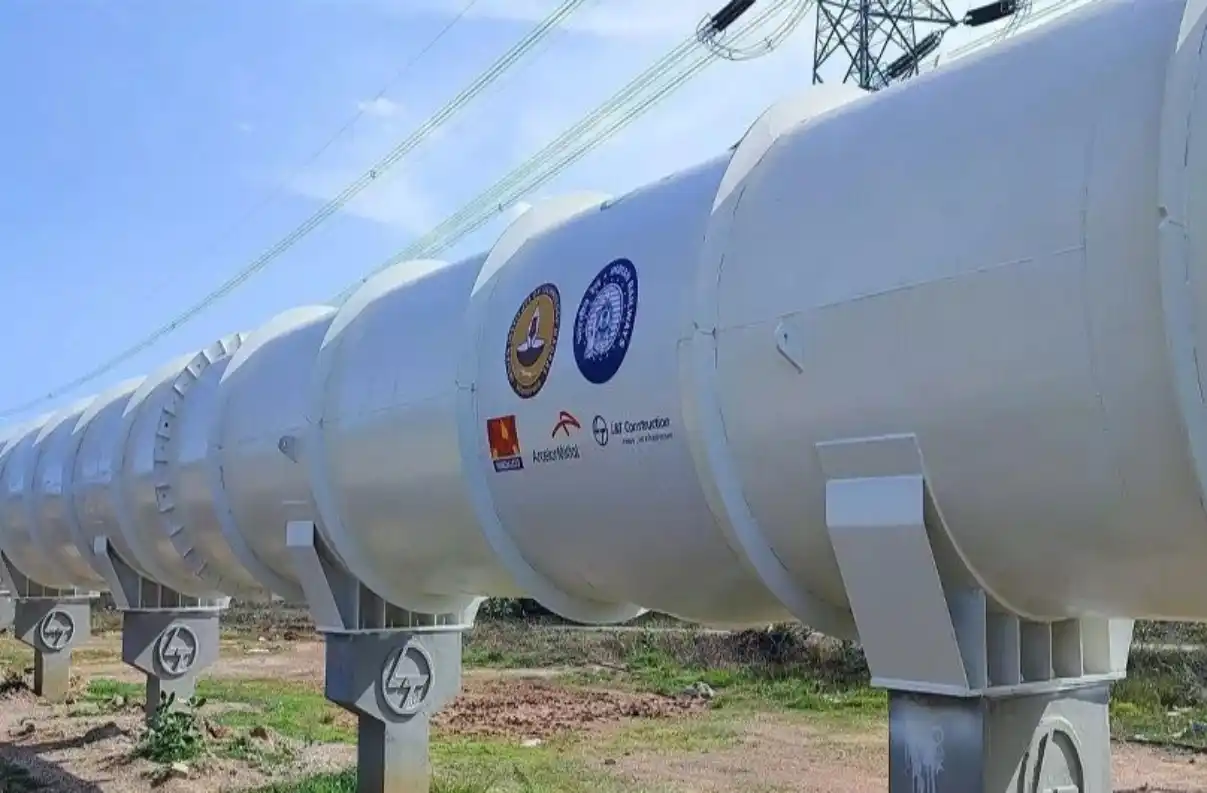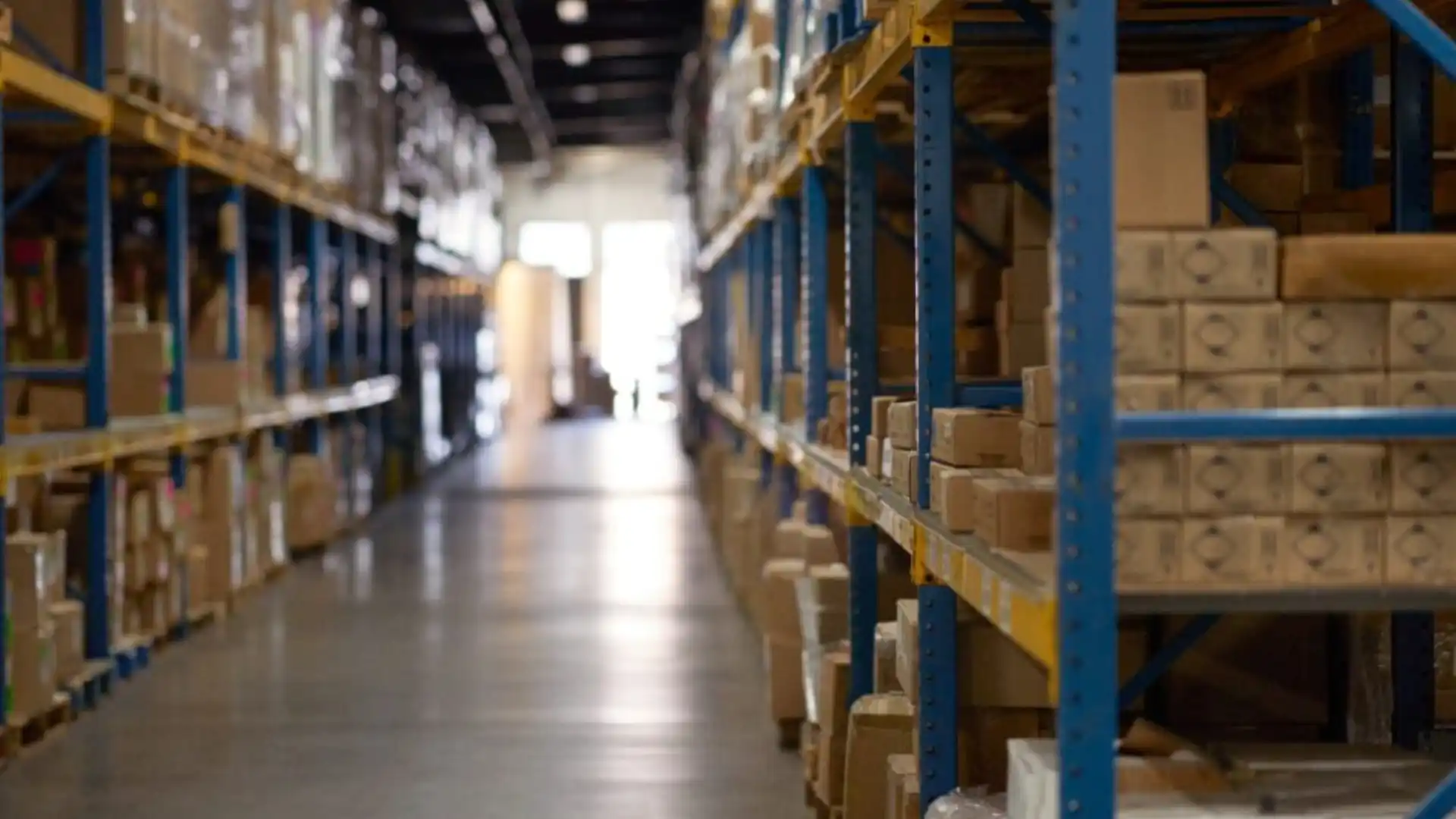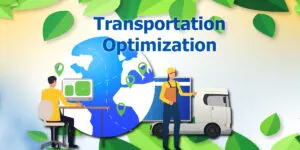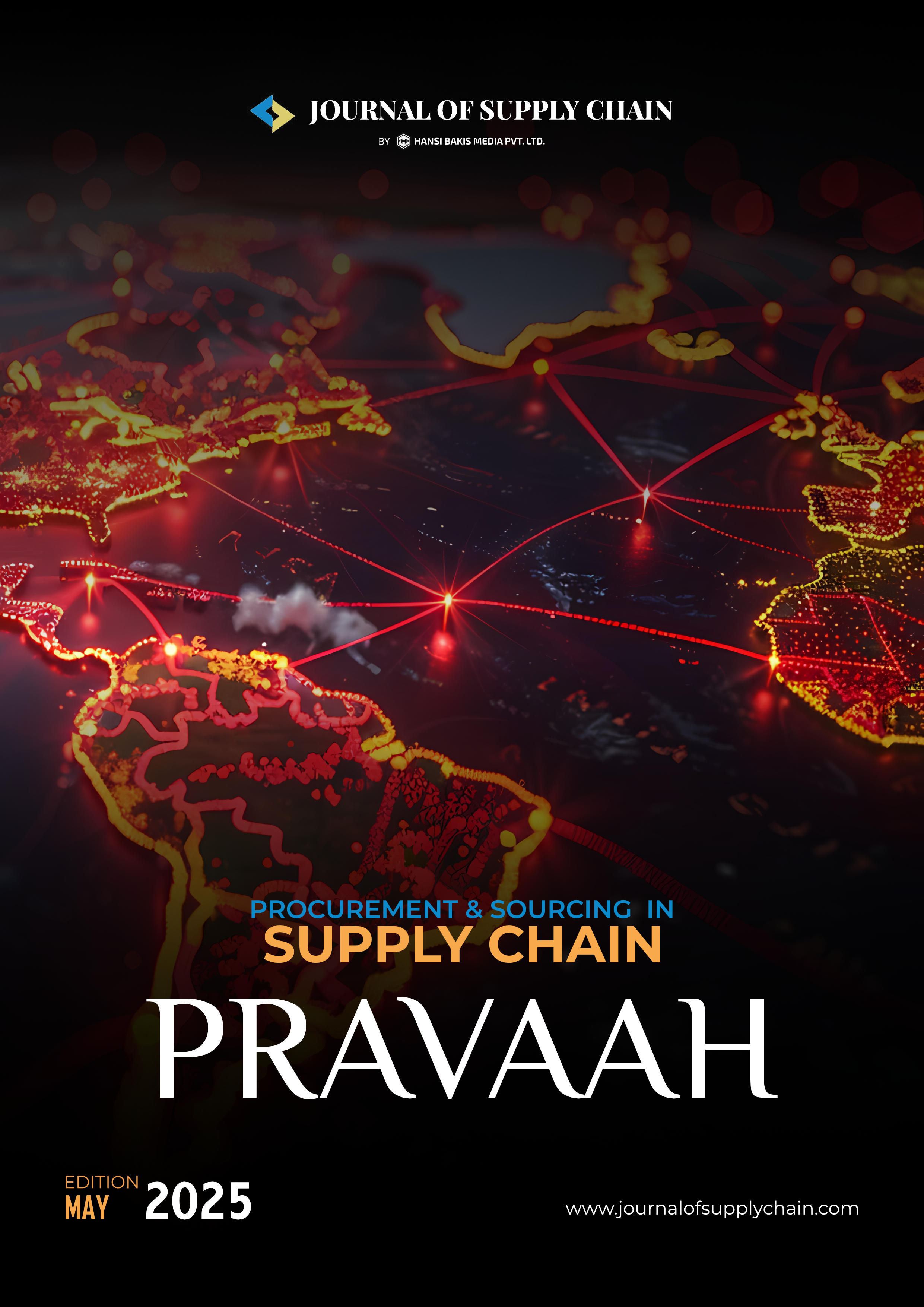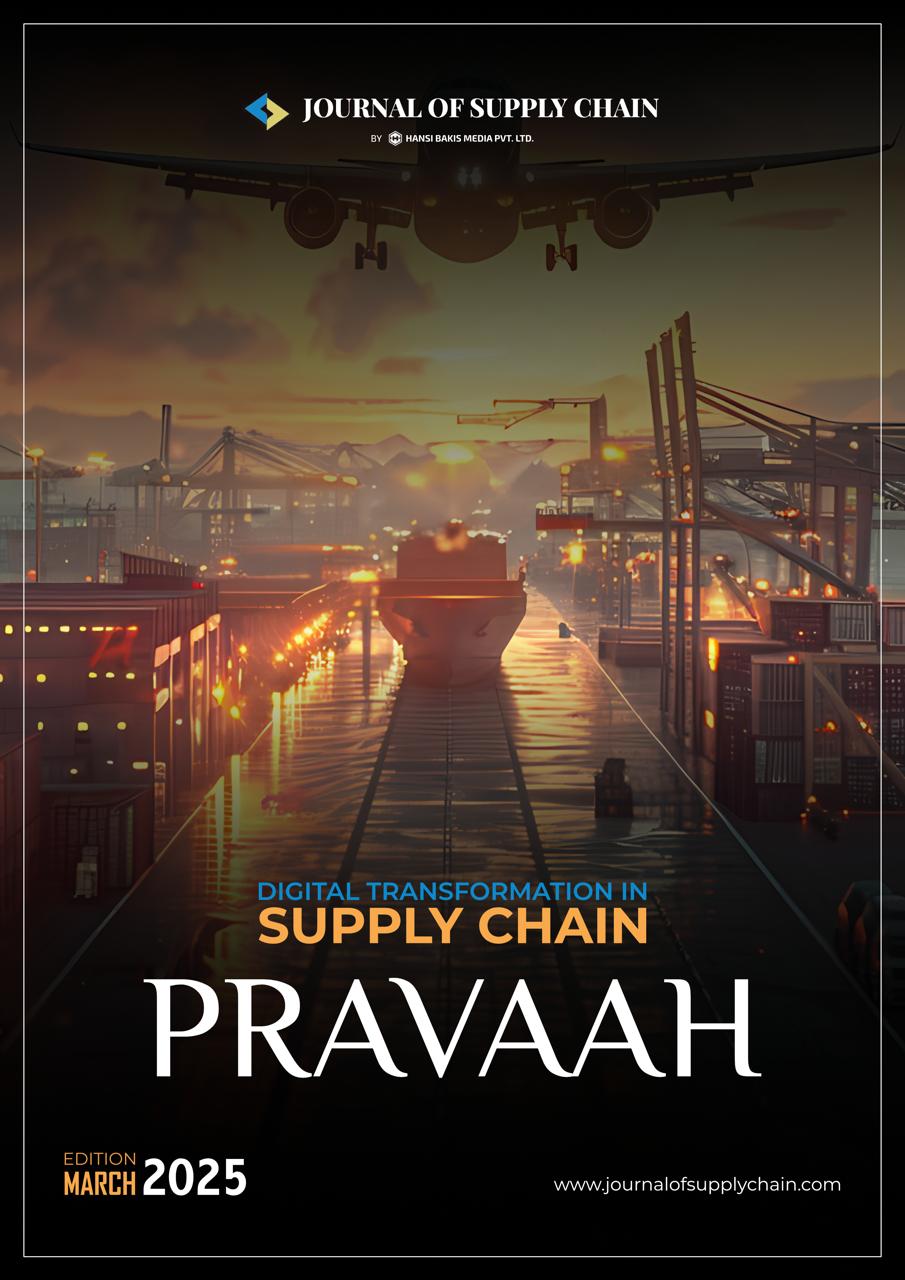Article
Resilience by Design: Practical Steps to Embed Supply Chain Resilience in Contracts
 Anamika Mishra
[Sub Editor]
Anamika Mishra
[Sub Editor]
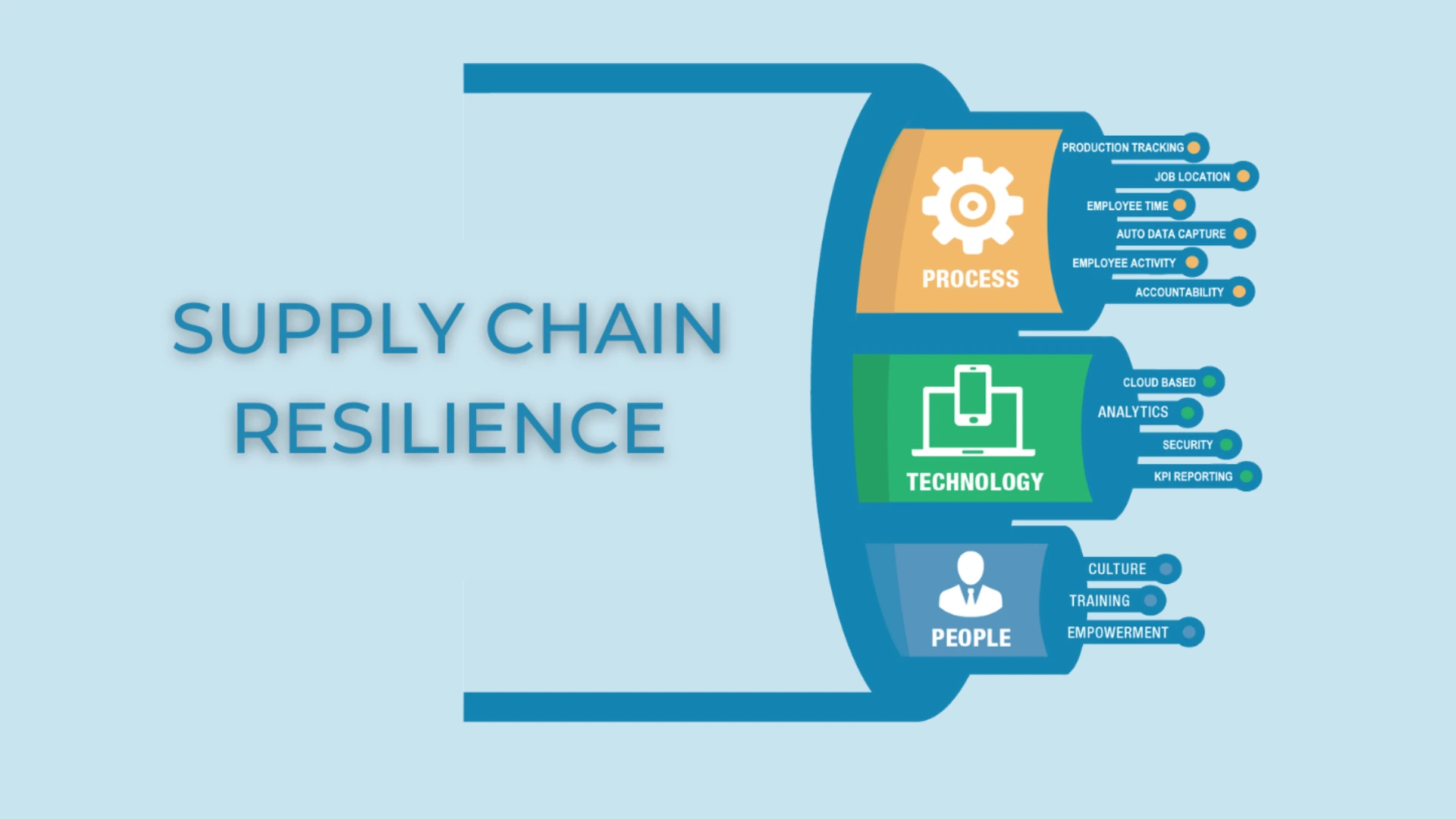
India is swiftly positioning itself as a pivotal force in the global supply chain ecosystem, with a clear vision to establish itself as a leading supply chain solution provider by 2030. This ambitious transformation is driven by a combination of forward-thinking policy frameworks, substantial investments in world-class infrastructure, and the integration of advanced technologies. The Indian government has prioritised initiatives that streamline logistics, enhance manufacturing capabilities, and foster innovation, creating an environment conducive to resilient and agile supply chains. At a time when global supply networks are increasingly vulnerable to disruptions such as pandemics, natural disasters, and escalating geopolitical conflicts, building resilience has become more critical than ever. Embedding this resilience into contractual agreements ensures that supply chains can absorb shocks, adapt to changes, and maintain continuity. India’s comprehensive approach, spanning regulatory reforms, infrastructure modernisation, and digital adoption, offers a practical blueprint for embedding robustness into supply chains by design, setting new standards for reliability and sustainability on the global stage. India's Vision for 2030: A Global Supply Chain Hub India's ambition to be a global supply chain solution provider by 2030 is underpinned by several key developments: 1. Policy Reforms and Strategic Initiatives National Logistics Policy (NLP): Launched in September 2022, the NLP represents India’s comprehensive strategy to transform its logistics sector, which currently accounts for approximately 13-15% of the country’s GDP, much higher than the global average of around 8-10%. The policy aims to reduce these logistics costs to below 10% by 2030, unlocking significant economic benefits. The NLP focuses on creating a seamless, integrated logistics ecosystem by emphasising multimodal connectivity, combining road, rail, waterways, and air transport to optimise freight movement and reduce transit times. Key components include: Unified Logistics Interface Platform (ULIP): A digital platform designed to provide end-to-end visibility, reduce paperwork, and facilitate real-time tracking of shipments. Multimodal Logistics Parks (MMLPs): The policy plans to develop 35 MMLPs across India, equipped with warehousing, cold storage, and value-added services, to improve cargo handling efficiency. Regulatory Reforms: Simplification of procedures through harmonised laws and the introduction of a single window clearance system to speed up clearances and reduce bottlenecks. Green Logistics: Promotion of sustainable practices, including electric vehicles in logistics and energy-efficient warehouses to reduce carbon emissions. Employment Generation: The policy is expected to create over 10 million direct and indirect jobs by 2030, catalysing growth in allied sectors. By targeting a reduction of logistics costs by 30-40%, the NLP is expected to improve India’s competitiveness, attract foreign investment, and support the goal of becoming a $5 trillion economy by 2025 and a $10 trillion economy by 2030. According to government estimates, the policy will improve freight handling capacity by 2.5 times and reduce average delivery times by up to 20%, making Indian supply chains more efficient and resilient PM Gati Shakti Master Plan: The PM Gati Shakti initiative is a transformative, multi-modal infrastructure development program launched in 2021, aimed at integrating more than 16 ministries and departments to create a unified, synchronised approach toward India’s infrastructure growth. By coordinating projects related to roads, railways, ports, airports, and logistics hubs, it seeks to eliminate bottlenecks, reduce duplication, and enhance connectivity across the country. This integrated approach is designed to slash logistics costs currently around 13-15% of India’s GDP by improving last-mile connectivity and streamlining cargo movement. With a planned investment exceeding $130 billion by 2030, PM Gati Shakti is expected to reduce freight transit times by up to 40%, boost freight capacity by over 50%, and significantly improve the overall supply chain efficiency. It also emphasises the adoption of cutting-edge technologies, such as Geographic Information System (GIS)-based planning and real-time tracking, to ensure better project execution and monitoring. Ultimately, this initiative will strengthen India’s position as a global supply chain hub by creating a faster, more reliable, and cost-effective logistics network. Dedicated Freight Corridors (DFC): The Eastern Dedicated Freight Corridor (EDFC), stretching over 1,856 kilometres from Ludhiana in Punjab to Dankuni in West Bengal, is now fully operational, marking a major milestone in India’s freight infrastructure. This corridor is designed exclusively for freight trains, enabling faster and heavier cargo movement with reduced congestion on passenger routes. Complementing this, the Western Dedicated Freight Corridor (WDFC), spanning approximately 1,500 kilometres from Dadri in Uttar Pradesh to Jawaharlal Nehru Port Trust (JNPT) near Mumbai, is nearing completion with key sections already commissioned. Together, these two corridors form the backbone of India’s freight transportation network, expected to reduce transit times by up to 50% compared to conventional routes. For example, freight transit from Delhi to Mumbai could be cut from around 3-4 days to just 1-2 days. In terms of cost, these corridors are projected to lower logistics expenses by approximately 20%,
The only supply chain registration you need
Unrivaled context behind every news and article for free.

 Anamika Mishra
Anamika Mishra 